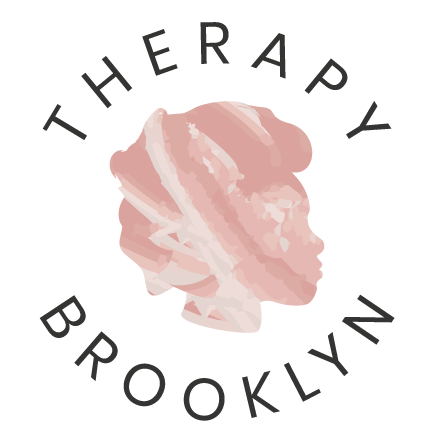Decolonizing Gender Language
The process of exploring one’s own gender identity involves recognizing social, political, cultural, and personal ideologies and constructs. Utilization of the term gender diverse has been gaining traction as the preferred term to encompass all gender identities, however it must be acknowledged that the language used to describe gender is based on the influence of the language available, which in this case is English.
What is Gender Identity and Expression?
Gender identity can be summed up as one’s personal internal experience of gender (OHRC) and gender expression is how that internal experience translates to the outside world. This can include one’s pronouns, the way they dress, and other ways to acknowledge and share who they are. Neither term is directly correlated to one’s sexual identity, which involves one’s romantic attraction to another. There are many people who identify as heterosexual while identifying as gender diverse. On the other hand, there are those who believe that, because their gender expression does not fit identities that are the ends of the polar binary (man/woman, he/she), that automatically makes their relationships queer regardless of their partner’s(s) gender identity. Even in these cases we see how identity is filtered through the individual’s experiences.
Gender: Pre-Colonialism and Now
Gender diversity has existed in purposely excluded communities prior to colonialism. This can be seen in Indigenous cultures as two-spirit (not to be interchangeably used with queer identity), and across the Diaspora with, and without designated terms.
It would be inaccurate to explore gender post-colonialism, as the Western world continues to control mass media, currency, politics, and other forms of power. Instead, we can see how the reclamation of pre-colonial identities has brought comfort to purposely excluded communities along with the reclamation of once derogatory terms, such as “butch” and “dyke”.
In my personal and professional experiences, it has been liberating to not only reclaim words, but to also redefine and create meaning. Pronouns such as “they’ are seen as gender neutral, however, specifically to Black non-binary femmes I have witnessed it become expansive. In some cases, and in my own, neutrality has been replaced with multiplicity (and often the word “multiplicity” itself has been used). It has been a way to see gender as constant while recognizing that gender-fluid falls short of individual experiences.
Gender in Therapy
How do we explore this in therapy? By recognizing the relationship between the client and the language being used. By exploring terms that don’t quite fit and identifying those that feel more accurate. And there is the need to constantly add context. That could be the way you viewed yourself or identity as a child versus now. That could be the way you’ve experienced your gender based on the systems you interact with the most, often starting with the family system. It is
definitely about the moments in which there was validation and/or invalidation based on how you were perceived, or even being perceived at all.
Every part of identity is about what feels right. It’s why so many terms exist in the first place, because there is constant expansion of the language we have. Therapy can provide support in cultivating language that feels right, how that could look, and ways to navigate through systems in affirming ways.
What’s the Right Approach?
Just as in any other case, there is no “right” approach. When looking for a therapist and approach to support you through gender exploration it can be helpful to consider narrative therapy which has been proven to be effective in the process through constructing and reconstructing your ever-changing story. Note that some clinicians may not use that specific term so asking about the process of exploring gender based on their approach may widen your search and give context to the care you will receive versus the care you are looking for.
Curious about what multiplicity is from a creative lens? Listen to the arrangement of jack/jill by Moses Sumney ft. Jill Scott
